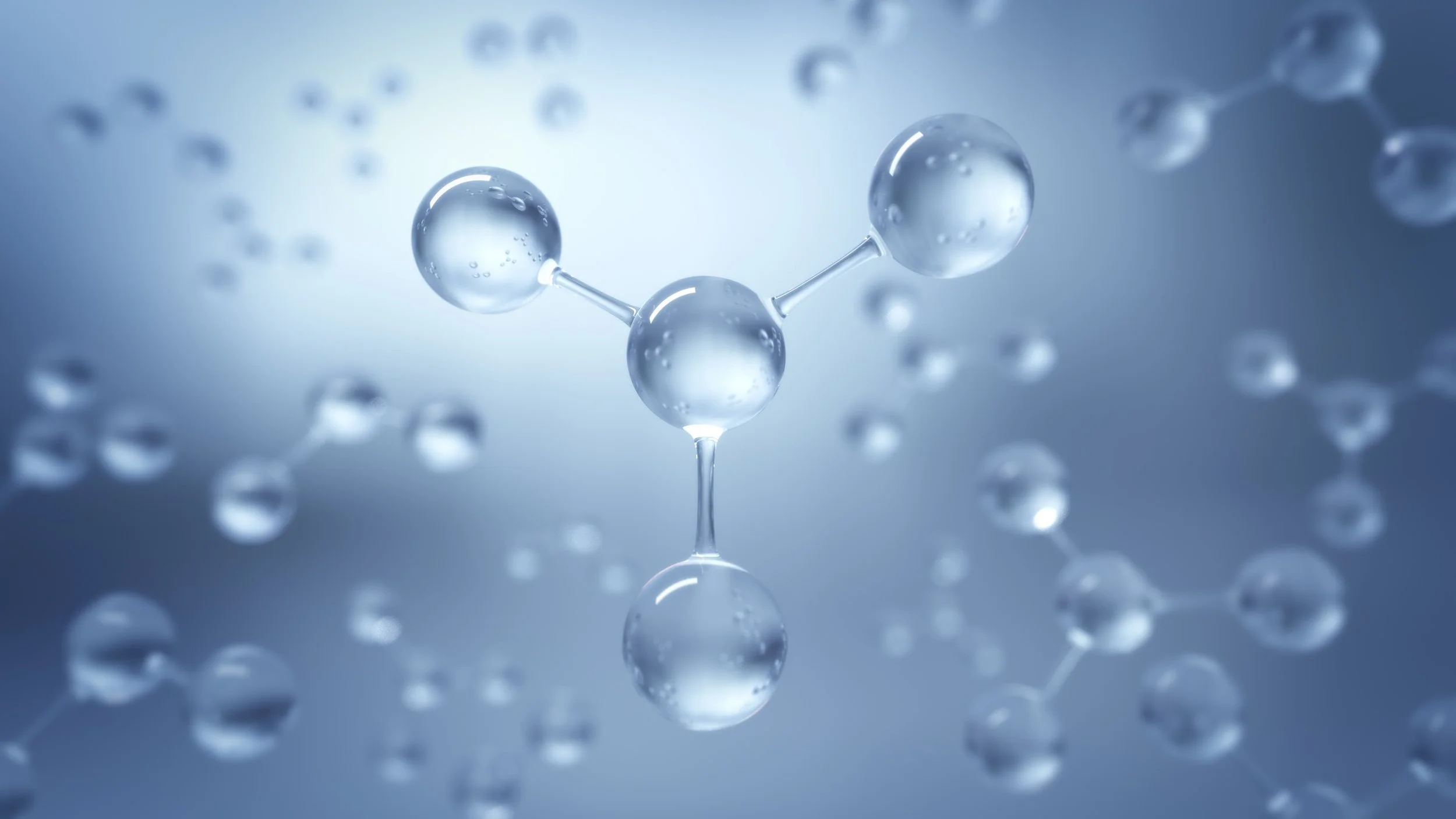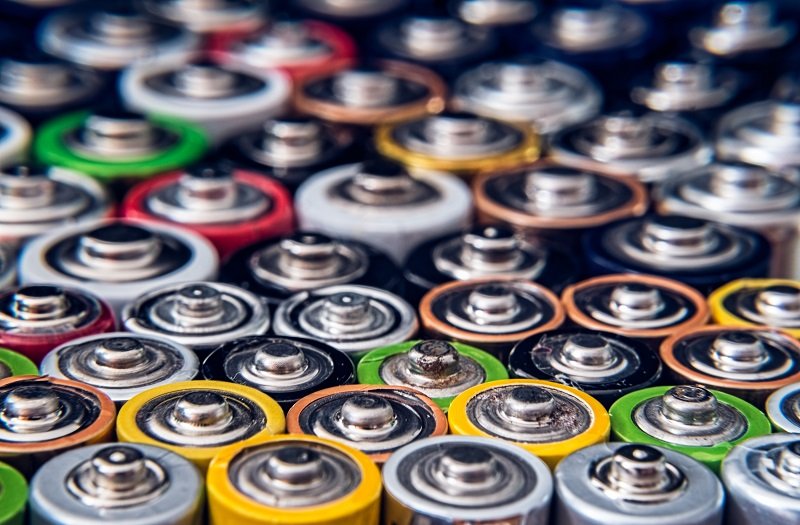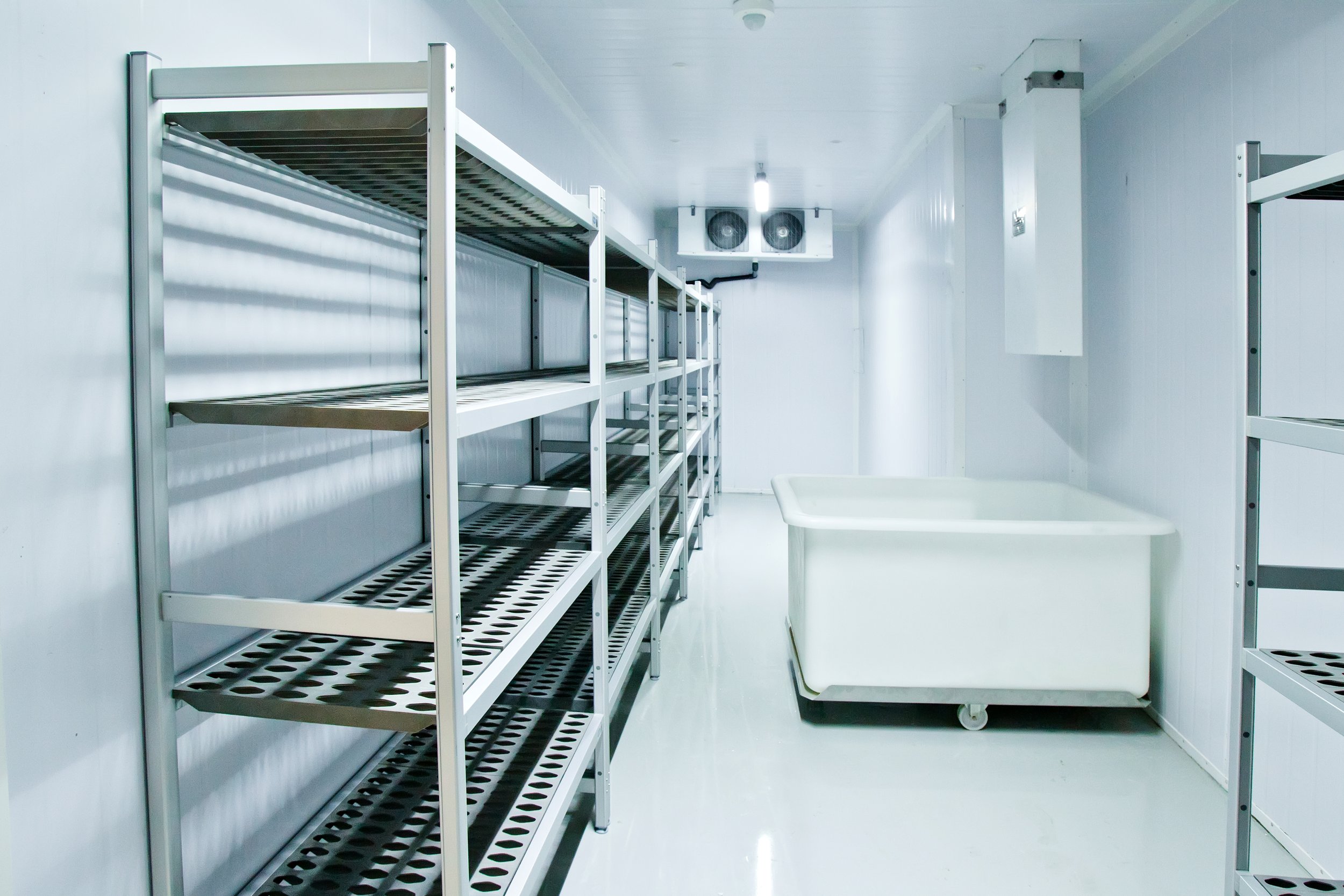A commercial dehumidifier is a better option than a residential dehumidifier for flood damage restoration. They offer large capacity water removal and a drain hose rather than a water tank. They aid in effectively drying our carpets, underlays, walls and subflooring.
Why Master Your Indoor Environment?
White Paper: Dr Sung Ph.D. on Sterile-Bright UVC Lights
Why Humidity Issues Occur During Preservation and Storage
Humidity Control in Pharmaceutical Manufacturing
See What Our Clients Are Saying
Where Do Refrigerant Dehumidifiers Work Best?
Ozone Sterilisation - How Does it Work?
How Does a Desiccant Dehumidifier Help?
Lithium Battery Ultra Dry Rooms
How Does Ultraviolet Light Work?
All light is electromagnetic radiation and is commonly defined by its wavelength in nanometres (“nm”) and photon energy measured in electron volts (“eV”) or joules (“aJ”). UV light, by nature, has a higher energy level than visual wavelengths which is why it can destroy viruses, bacteria, and fungi.
The Best Desiccant Dehumidifier Supplier
Dehumidifiers for Concrete Slab Drying
What is a Cold Dry Room?
Can you have cold dry storage?
A dry room is a sealed airtight room that maintains controlled low humidity levels. It is insulated and protected from external influences and designed for accurate, consistent low dew point and temperature control.
Some applications benefit from using a dry room, others require it.
Things to Ask Before Buying a Commercial Dehumidifier
Desiccant Dehumidifiers and the Environment
Many dehumidifiers as well as the majority of refrigerators, freezers and air-conditioning units contain refrigerants that damage the environment. Synthetic greenhouse gases (SGGs) are now widely used as refrigerants in dehumidifiers, fridges and air-conditioning units. However, desiccant type dehumidifiers contain no refrigerant gas



















